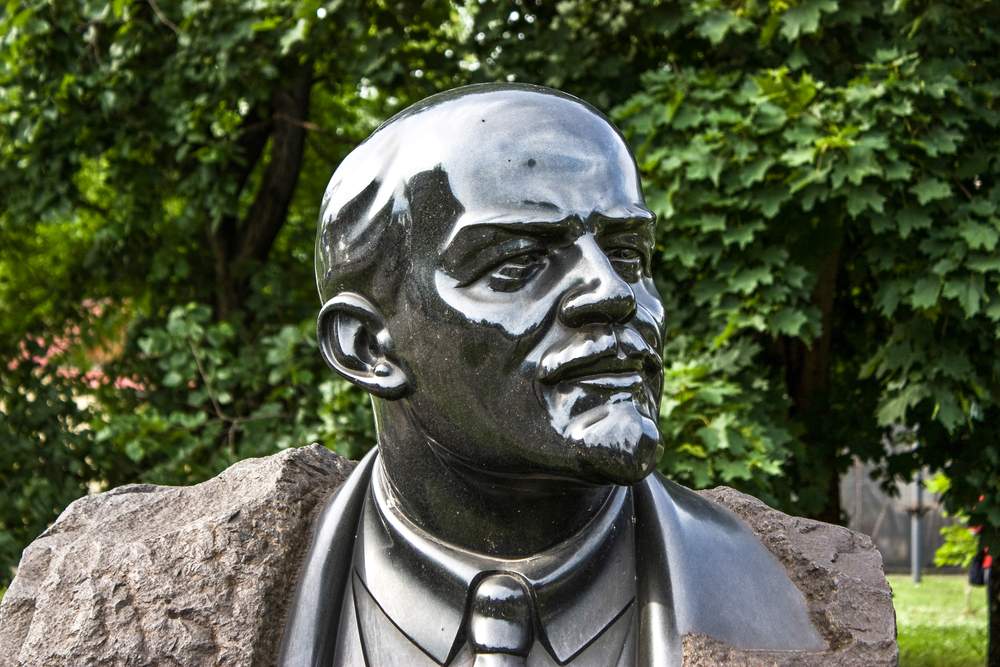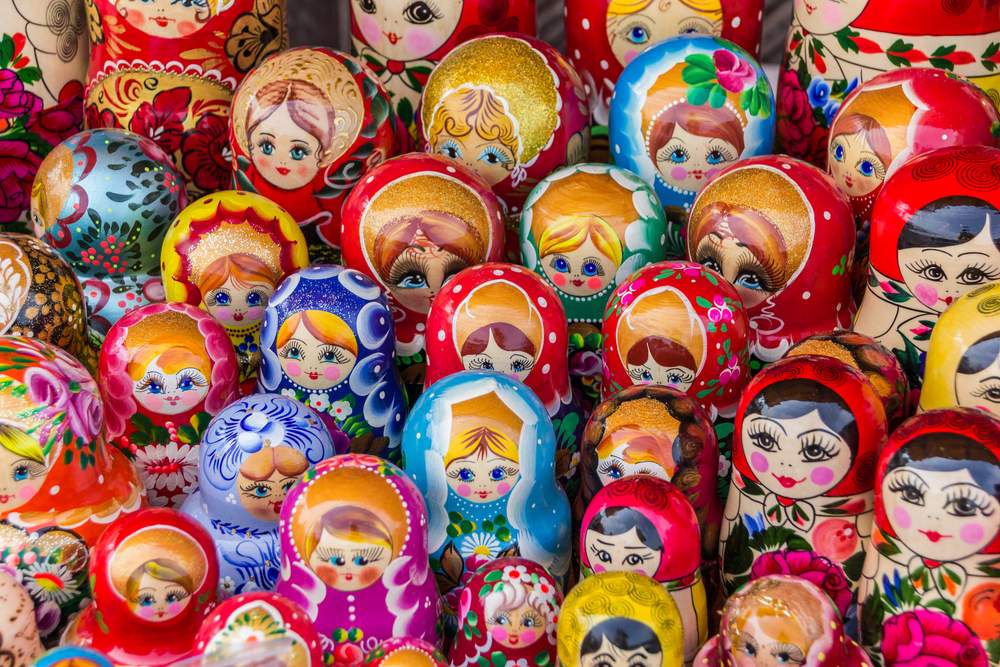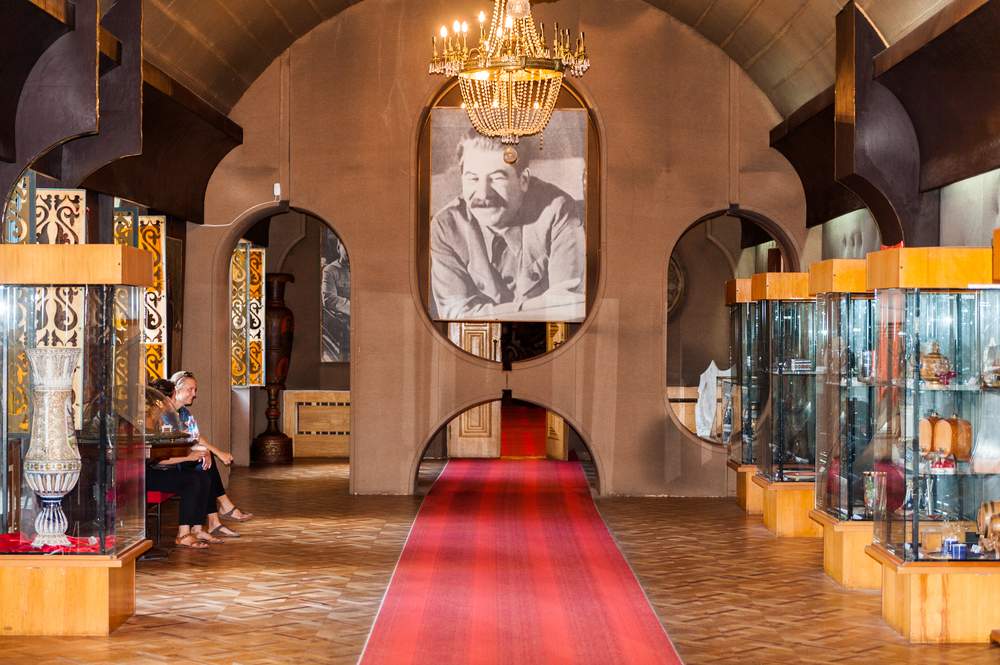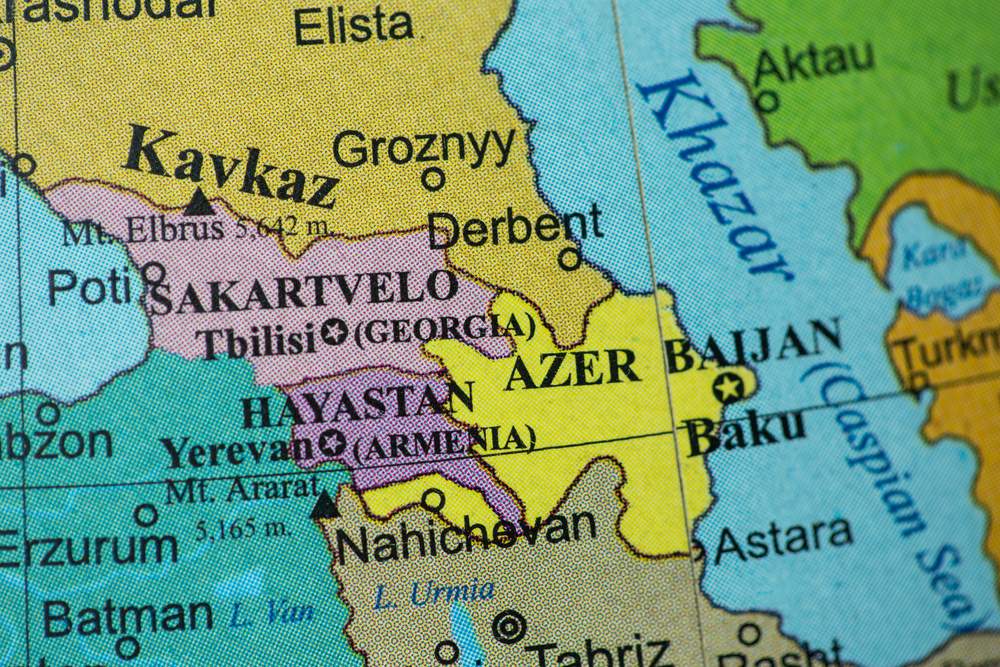Encompassing the area of Europe east of the Czech Republic, Eastern Europe extends from southern Bulgaria up to Russia’s Asian and Arctic extremes. It is made up of a group of countries which share a common past under the Soviet Union’s realm of influence but which are socially, culturally, and topographically quite distinct.
While no one could condone any of the malfeasances which may have taken place in these countries during the post-Revolution years, instead we focus our attention on those Eastern European sights and attractions which have been most shaped by the region’s Communist past.
Cold War Cuisine

With the quality and availability of supplies often so unpredictable during the Communist era, the proletariat fed mainly on basic, inexpensive dishes. The foods generally associated with Eastern Europe – dishes like goulash or borscht (a beetroot soup of Ukrainian origin) – are those that could be made simply and cheaply and which would warm the cockles during the long, cold winter nights. Dumplings of various descriptions were popular, as were pickled fish and vegetables and the meat-filled pasties that are often sold as street food.
“…prices are still low compared to the rest of Europe.”
Nowadays the Eastern European palate is a little more sophisticated and while you can still get your fill of hearty peasant food, high-end haute cuisine is also very much on offer.
Restaurant Platter in Warsaw is said to be the first word in Polish pabulum, and for a modern take on traditional Hungarian dishes, with no skimp on the portion sizes, there can be few better than
Café Kor in
Budapest. The best thing of all is that whether you’re lording it up in some luxurious lunchroom in Ljubljana, or sipping soup in a Sofian slop shop, prices are still low compared to the rest of Europe.
>> Read about 11 delicious street foods
Stalinist Architecture

The Communist era’s architectural legacy backdrops the historical centres of most Eastern European cities. An endless sea of grey concrete flats and office blocks do little to allay the supposed void in architectural aesthetics during the Communist years, but while the bleak style of the Panelaks housing project in
Prague may not be to everyone’s tastes, there are still many outstanding buildings to be found nestled amongst Eastern Europe’s Cold War edifices.
“…there are only so many renaissance palaces and gothic churches the average human being can take before hankering for the functionality and symmetricity of a Cold War building.”
The Crowne Plaza Hotel, for example, is the largest Stalinist building in Prague and the ultimate in Eastern Bloc decadence. Then there’s the Slovakian Radio Broadcast building in Bratislava, a bizarre upside-down pyramid which must surely be the kitschiest building on the planet. And anyway, everyone knows that there are only so many renaissance palaces and gothic churches the average human being can take before hankering for the functionality and symmetricity of a Cold War building.
>> Check out the best cities for architecture around the world
Costs

Travel costs like accommodation and transport still remain good value compared to the rest of Europe. Though not everyone’s prime travel consideration, the average price of a beer in Romania is still about US$1.39 and it’s just US$1.10 in Bulgaria. But while these prices are still low by western standards, traveling in Eastern Europe is definitely not as cheap as it was ten years ago and prices are rising fast.
In fact, you would barely recognize some Eastern European countries as the bruised and battered economies which emerged from behind the Iron Curtain just two decades ago. Moscow now tops the list of average hotel prices worldwide and cities like Krakow and Dubrovnik are not far behind. And with more and more countries adopting the Euro currency there are likely to be further dramatic price hikes. So though there are still opportunities to travel through the region on a budget, you need to choose your destinations carefully if you want to get by on just a few dollars a day.
>> Discover how to travel around the world on $40 a day
The Trabant Motor Vehicle

There’s an old East German joke which cites the best feature of a Trabant motorcar as the heater it has on its rear to keep your hands warm when you’re pushing it. If ever an object was said to embody the Socialist ideal, it was this boxy noisy and notoriously inefficient vehicle. Proof if you like, that Communism did not work. The unexpected epilogue to this tale is that despite being out of production for more than 20 years, you can still see countless Trabants blending effortlessly into the grey milieu of Eastern European streets.
“If ever an object was said to embody the Socialist ideal, it was this boxy noisy and notoriously inefficient vehicle.”
Due to the recent onset of Ostalgia (nostalgia for life in the ‘East’) there are even plans underway to revive the Trabant as an electric vehicle. However in the meantime, you can sit in an original Trabant
Trabi in the
DDR Museum in Berlin and even turn the engine key to hear the motor roar reluctantly into life. Better still, you can take the ‘Communism Tour’ through the
Nowa Huta district in Krakow riding in a Trabant 601 or a variety of other wacky Cold War cars.
Stag & Hen Parties

The introduction of cheap flights from European regional airports means you can now fly anywhere in Eastern Europe for little more than the price of a sandwich. Once the ‘no-frill’ budget airlines arrived, it was only a matter of time before cities like Tallinn, Riga and Vilnius became prime Stag (Bachelor) and Hen (Bachelorette) Party destinations. They offer the promise of cheap booze and all night parties in exotic surroundings and in the company of the blonde, blue-eyed and notoriously beautiful people of the region.
Seemingly oblivious to this curse, enterprising locals further encourage the behaviour by offering a multitude of exciting Stag and Hen party activities. From old favourites like go-karting and paintball, to more extravagant pastimes like bobsleighing and AK-47 firing ranges. Without the inconvenience of having a killjoy Health and Safety inspector ruining the party. The sight of all these furry handcuffs, large inflatable willies and matching ‘Boys on Tour’ t-shirts would probably be enough to make Lenin turn in his grave, if he had one.
>> Get tips on how to fly cheaply in Europe
Cold War, Warm People?

I’m not a big fan of low-quality horrors like
Hostel but must admit that it made excellent pre-departure viewing ahead of my trip to Bratislava. The movie’s plot revolves around three backpackers who are kidnapped and tortured by their initially affable local hosts, and having watched the movie days before visiting added a certain edge to every conversation I had while in that city. It sounds like an obvious point to make, but like anywhere in the world if you are respectful and sympathetic to local customs you will generally be in good stead traveling through Eastern Europe.
Although language is often a major barrier, particularly away from the cities, people are generally patient and appreciate efforts made to learn a few local words even if a visitor’s phrasebook-enabled shortcomings are quickly exposed. With that said, you may be disappointed if you are expecting service with a smile in every shop, bar and restaurant you visit, since elements of the Communist era service mentality are still very much in existence in many parts of the region.
Quirky Museums

After the fall of Communism, Eastern Europe was faced with the problem of what to do with all those now defunct Lenin, Marx and Engels statues. Several of the finest minds of the time got together in St Petersburg in 1991 to thrash out the quandary and it was decided that every city would display them in their very own tacky sculpture park. There’s
Memento Park in Budapest,
Fallen Monument Park in Moscow and
Grūtas Park, 130km south of Vilnius which is tongue-in-cheekily known as ‘Stalin’s World’.
Each offer a visual who’s who of the Communist party in cold granite and bronze and are exceedingly good fun to visit. There are also plenty of exhibitions celebrating Cold War life, such as the DDR and Checkpoint Charlie museums in Berlin. Museums of Communism exist in Warsaw and Prague displaying genuine artifacts from the Soviet era. There is certain irony in the fact that the Prague museum is located above a McDonalds since the general suggestion seems to be that everything manufactured during the Communist era was engineered to the standards you would associate with a Happy Meal toy.
>> Discover 7 former factories turned into museums
The Time Is Now

It’s been 20 years since the de facto collapse of the Soviet Union and the western coffee shops and fast food brands have already arrived en masse, filling the prime city centre locations vacated by dusty Soviet department stores. The grand thoroughfares and historic centres of many Eastern European cities are fast becoming nothing more than carbon copies of their western counterparts; built, it would seem, using a generic mold.
“But with every new generation, the hammer and sickle fades further into the distance until those elements of the region’s Communist past will disappear forever.”
As these urban centres continue to spread, the small rural communities on their outskirts are engulfed by their surroundings, fading only to memory. ‘Glasnost’ and ‘perestroika’ may sound like Pokémon characters but they are in fact remnants from a past which remains etched very much in the Eastern European psyche. But with every new generation, the hammer and sickle fades further into the distance until those elements of the region’s Communist past will disappear forever. There is therefore no time like the present to visit and experience first hand what post-Communist Eastern Europe has to offer.







